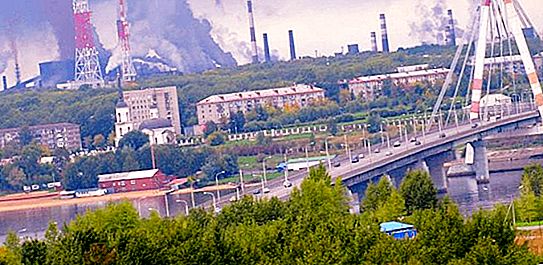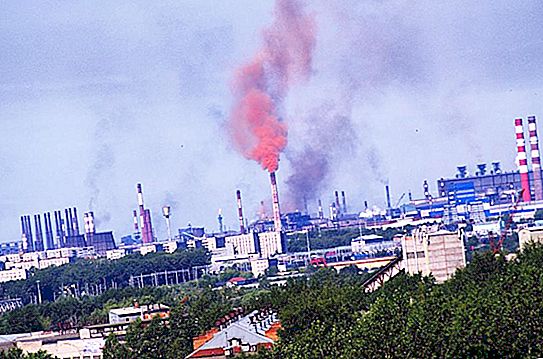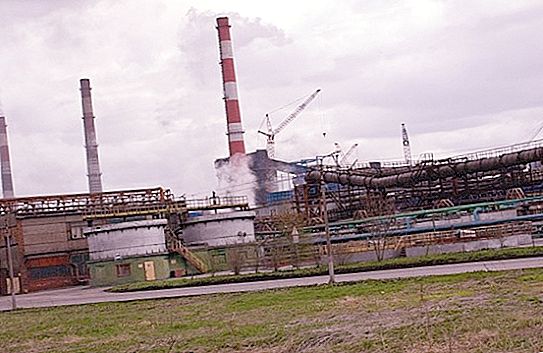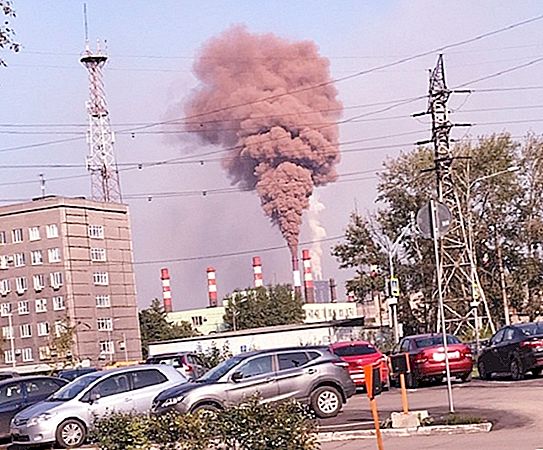Cherepovets is a city on the European territory of Russia. Located in the Vologda region. It is the administrative center of the Cherepovets region. Cherepovets is located at the confluence of the river. Yagorb and r. Sheksna, which, in turn, is a tributary of the river. Volga. It is located near the Rybinsk airdrome, located to the west of the city of Vologda. The area of the city is 126 km2.
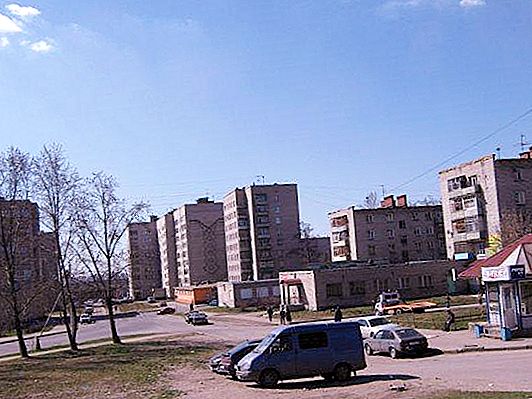
This is a significant center of industrial production. The number of residents is 318 thousand 856 people. By area and population, Cherepovets is the largest city in the Vologda Oblast. The article gives an answer to the question, what kind of ecology is in Cherepovets.
Natural conditions
The city is located on the East European Plain in the southwestern part of the Vologda Oblast. The climate is typical of the temperate zone and belongs to the temperate continental type. For weather, a frequent change is typical due to the presence of intense atmospheric circulation processes. All this cannot but affect the ecology of the city and the well-being of weather-dependent people.
Winters are moderately cold. The average January temperature is -10.2 degrees. The absolute minimum is -45.4 ° C. In July, the average temperature is only +17.6. The absolute maximum is also not high - +36.2 degrees. Moreover, it falls on August, and not on July.
The annual rainfall is 647 mm. The maximum of their quantity (70 - 80 mm per month) is typical for summer, and the minimum (31 mm) falls in April.
Analysis of the ecology of Cherepovets
Observations of air quality are carried out by Roshydromet services. They show the dependence of the level of air pollution on the current weather situation. In general, the entire territory of the city is affected by technogenic processes. The most acute situation is in the spring and autumn months, when weather conditions unfavorable for the city are often observed. At the same time, the most negative movement of air masses is formed when air enters the city from the most industrial areas, and the wind speed is low, which reduces the removal of pollutants beyond its boundaries and contributes to their concentration within the city limits. The occurrence of inversions leads to the accumulation of pollution at the earth's surface, which favors the development of smog. The most unfavorable is the transfer of air masses from the west - from industrial enterprises to residential areas.
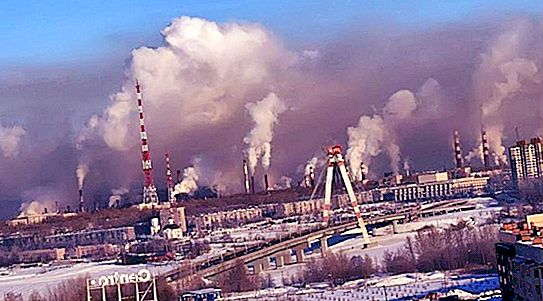
The total mass of pollutants thrown into the air from factories amounted to 304.5 thousand tons in 2009.
The situation with water pollution is assessed as tolerable, which is associated with the good operation of treatment facilities. However, the state of drinking water still leaves much to be desired. Among the main pollutants are petroleum products, nitrites, iron, sulfates.
The dirtiest areas
As it usually happens, different parts of the city territory have different indicators of the content of harmful substances in the inhaled air. The areas experiencing the greatest technological impact are the Northern, Industrial and Zasheksninsky areas. The first two are located near the metallurgical plant. In the latter, a high level of pollution is due to the peculiarity of the wind rose and the lack of greenery in combination with dense buildings (mainly multi-storey buildings).
City development and industry
Bad ecology is a payment for a high contribution to the country's industrial production, rapid development and comfortable living conditions for people. Thanks to the developed industry, this city has surpassed the regional center in size, which is a unique case in Russia. Significant income from production activities allow landscaping of the residential area, the creation of various cultural and recreational facilities.
The city has several houses of culture, a theater, a huge museum of local lore. The sphere of trade is well developed. The most environmentally friendly and greenest area is Zayagorb district. For this reason, the highest housing prices in Cherepovets are here. area. In areas where enterprises operate, even greenery is not able to improve the situation. There you can often see the leaves falling from the trees. In areas close to the industrial zone, the lowest cost of housing, a lot of slums, homeless people, dysfunctional families. All this, directly or indirectly, may be associated with poor ecology.
Major polluting enterprises
The most important enterprise in the city is a metallurgical plant. It makes a major contribution to the economy of Cherepovets and at the same time is the most important pollutant.
In addition to the plant, a plant for the production of phosphorus fertilizers, a plywood factory, a brick factory and a match factory operate in Cherepovets. There are also food industry enterprises.
The role of transport in pollution
The impact of transport on the ecology of the city of Cherepovets is relatively small. Trams and buses are actively used for transport communication. But there are few minibuses on the streets. Thanks to the coordinated work of urban transport and the low number of cars, transport congestion does not occur.
The main pollution of Cherepovets
The ecology of the city depends on the activity of transport and enterprises. They are sources of various pollutants. However, the excess of average annual concentrations over MAC was revealed only in two: formaldehyde and carbon disulfide. Sulfur compounds affect the atmosphere, affecting the climate and the quality of precipitation. They lead to an increase in cloudiness, the loss of acid rain, and contribute to a decrease in air temperature in the summer. Cherepovets has a very large number of cloudy days. In part, this may be due to emissions from enterprises. Formaldehyde can act as an allergen, but it is not a highly toxic substance. Of course, enterprises emit other harmful impurities, and even if the level of each of them individually does not exceed the established standards, in total they can create an unfavorable concentration for health.
Fish quality
Despite the decrease in the content of harmful substances in fish of the Rybinsk Reservoir, it is still considered to be very polluted. In rivers, the level of pollution of fish is also significant.

